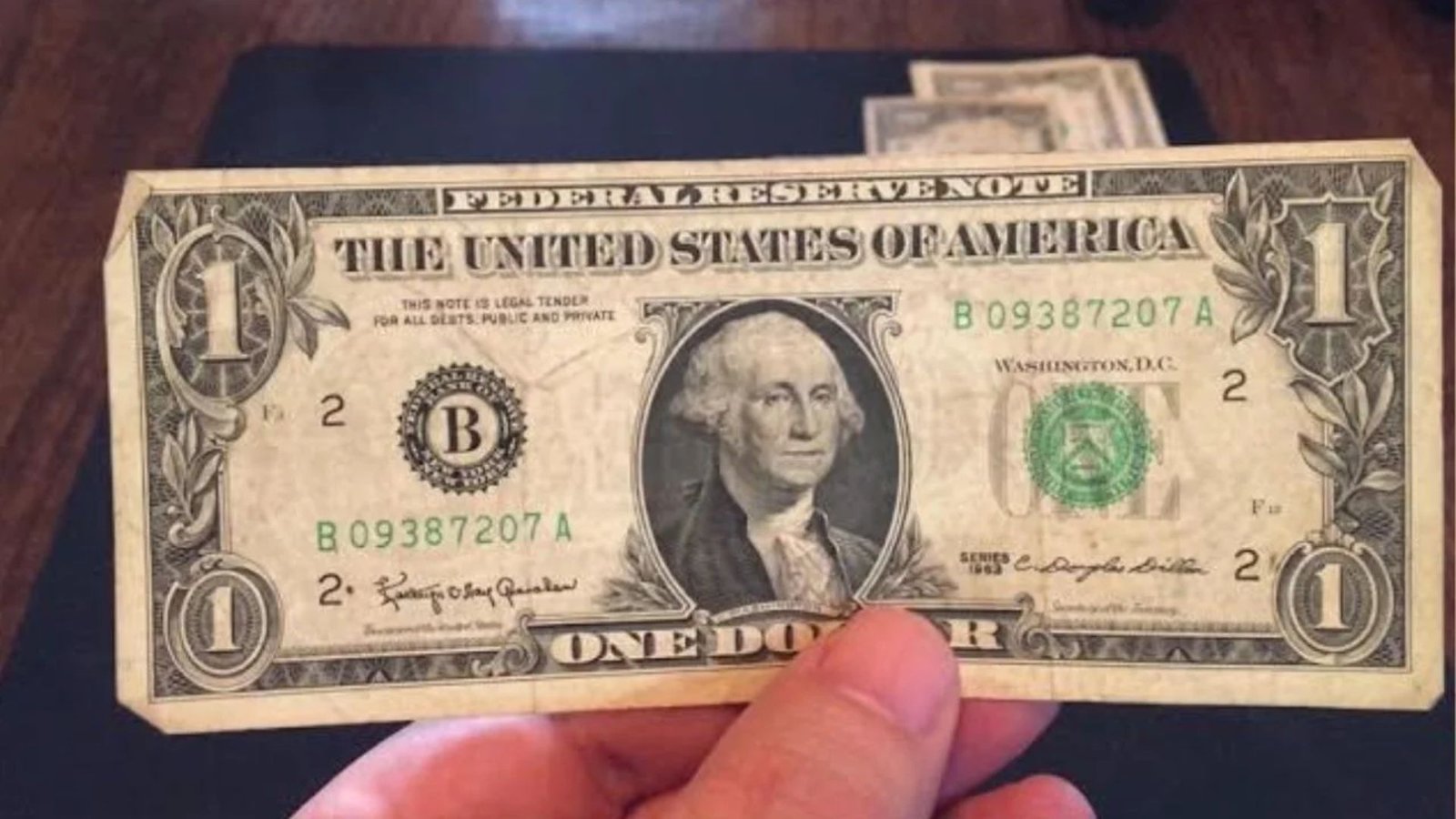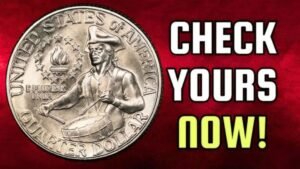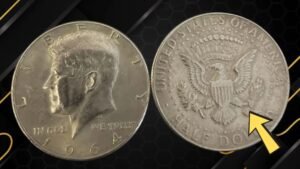Imagine pulling a crisp $20 bill from your wallet, only to spot a tiny star at the end of its serial number. That little symbol? It could turn pocket change into a collector’s treasure. Star notes aren’t just quirky currency—they’re rare replacements for printing errors, making them hot items in the world of numismatics.
Whether you’re a hobbyist hunting rare coins or dipping your toes into paper money collecting, this post uncovers why star notes command premiums and how you can snag one. Stick around to learn the secrets that could boost your bill’s worth.
What Are Star Notes?
Ever wondered why some dollar bills end with a star instead of a letter? Star notes are replacement bills printed by the U.S. Bureau of Engraving and Printing (BEP) to swap out defective ones. They look identical to regular notes but sport a star (*) in the serial number, usually at the end for modern bills. This keeps production counts exact without wasting serial numbers.
These aren’t mass-produced like standard currency. Star notes come in limited “runs,” often just 640,000 or fewer, making them scarcer than your everyday bill. For numismatic fans, that rarity turns a $1 bill into something worth saving—or selling.
The History of Star Notes in US Currency
Star notes trace back to the early 1900s, when the BEP started using them for large-size bills around 1910. Early versions had a solid star; by 1935, the open-star design appeared on small-size notes we know today.
During the Great Depression, low print runs made them even rarer. Today, they’re a nod to efficient printing tech, replacing errors like misaligned ink or folds without halting the line. From silver certificates to modern Federal Reserve notes, star notes evolved with U.S. paper money, blending history and collectibility.
Why Star Notes Matter Today
In a digital world, why chase paper? Star notes bridge everyday cash and rare coins collecting, offering affordable entry to numismatics. They’re about 1% of all notes, so finding one feels like striking gold.
Their value spikes from scarcity—small runs mean fewer survivors. Plus, condition and fancy serials (like low numbers) amp up appeal. For hobbyists, they’re a fun way to own a piece of monetary history that might appreciate.
| Star Note vs. Regular Note | Star Note | Regular Note |
|---|---|---|
| Print Run Size | 640,000 or less (common) | Millions |
| Rarity Factor | High (1% of production) | Low |
| Base Value | Face + premium | Face only |
| Collector Appeal | Strong for low runs | Minimal unless error |
How to Start Collecting Star Notes
Ready to hunt? Beginners, check bills at stores or banks—ask for fresh packs to boost odds. Online spots like eBay or coin shows are goldmines for trades.
Build sets by denomination or Federal Reserve Bank (FRB) letter. Start small: a $1 star note from a tiny run. Store in albums to preserve crispness. It’s like rare coins but flatter—engaging and wallet-friendly.
Notable Star Note Records and Stats
Star notes boast wild auction tales. A 2017 $1 with serial B00000006* sold for $1,999 despite wear. The ultra-rare 1934 $10,000 fetched thousands due to Depression-era scarcity.
| Famous Star Notes | Year/Denomination | Est. Value | Why Rare? |
|---|---|---|---|
| Low Serial $1 | 2017 $1 (B00000006*) | $2,000 | Ultra-low number |
| Depression Era | 1934 $5 Silver Cert | $500–$1,000+ | Tiny print run |
| Gold Cert Star | 1928 $100 | $5,000+ | High denom, historical |
| WEB Note | 1988A $1 | $300–$500 | Experimental press |
Stats show runs under 640,000 are collector darlings, with billions printed yearly but stars staying elite.
Expert Tips for Valuing Your Star Note
First, use a star note lookup tool for print run size—under 640,000? Jackpot. Grade condition: Crisp beats creased. Hunt fancy serials like ladders (12345678).
Pro advice: Join forums like Reddit’s r/papermoney for free appraisals. Sell via eBay auctions to let bids reveal true worth. Patience pays—hold rarities for value growth.
Frequently Asked Questions
What makes a star note valuable?
Low print runs, pristine condition, and unique serials drive premiums over face value.
Are all star notes rare?
No, but those from small runs (under 640,000) are, unlike common large batches.
Can I find star notes at a bank?
Yes! Request new $10 or $20 straps—tellers often oblige hobbyists.
How do I check my star note’s run?
Plug details into MyCurrencyCollection’s free lookup tool.
Do star notes expire?
Nope—they’re legal tender forever, but collect them unspent for max value.
Wrapping Up: Your Wallet’s Hidden Gems
Star notes remind us that everyday money hides numismatic magic—rarer than rare coins, yet accessible to all. From historical roots to auction highs, they blend fun with potential profit. Key takeaway? Inspect your cash; that star could be worth way more. Start collecting today, share your finds online, or dive into related reads on fancy serials. What’s in your wallet? Drop a comment below!




